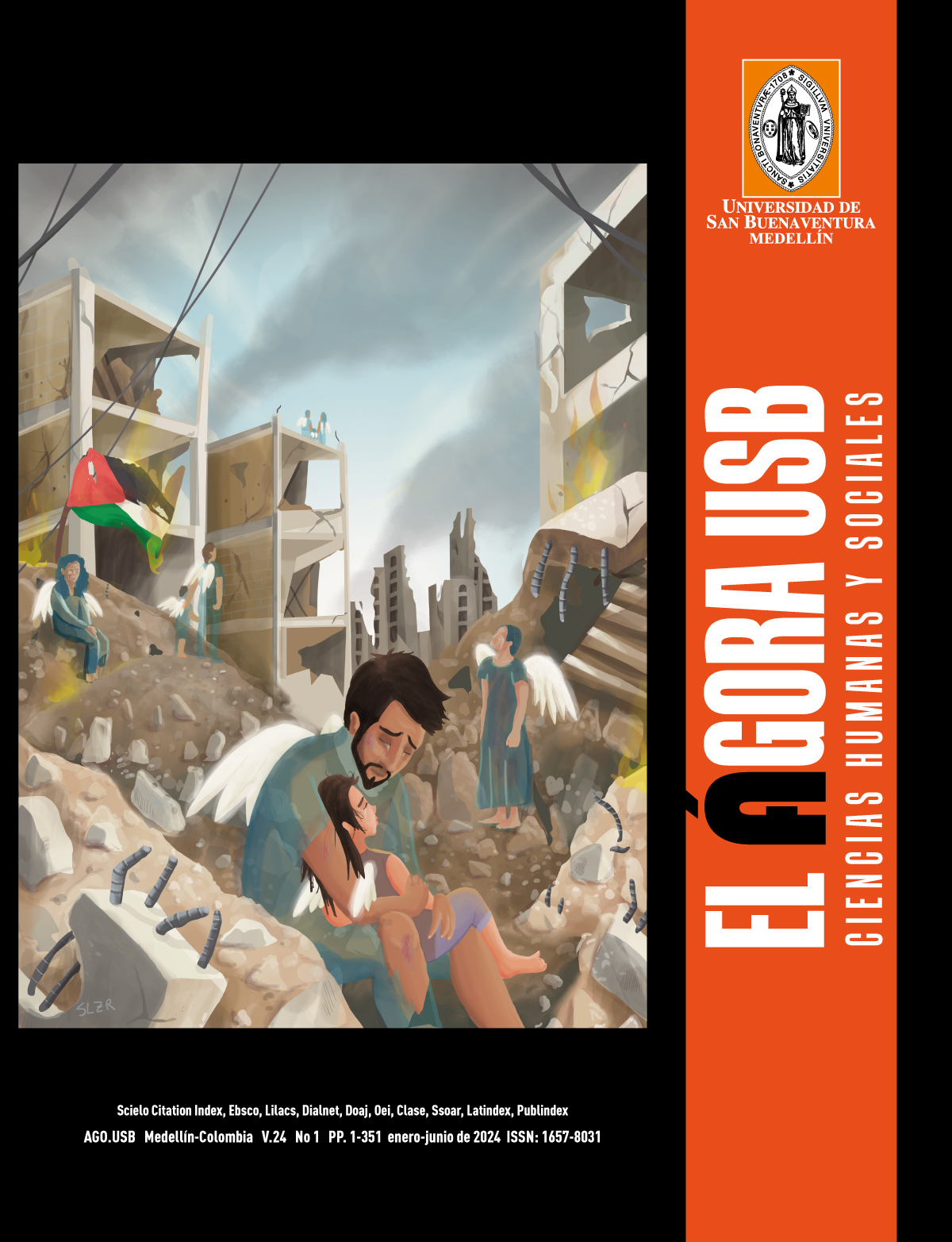The authors are also adhere to the creative commons license 4.0 (https://creativecommons.org/licenses/by-nc-nd/4.0/deed.es)
Attribution - NonCommercial - SinDerivar 4.0 International (CC BY - NC - ND 4.0)
Abstract
A case study is presented with employees of companies in the design, manufacture, and fashion sector in Colombia, by identifying whether their level of expertise in twenty-six job functions is correlated with their level of education, time of work experience, and age. Work experience was shown to be a more important factor in the appropriation of labor competencies than the level of education attained. It was identified that the gaps in labor competencies that need to be addressed are related to the use of technologies for marketing and production, the development of materials with state-of-the-art technologies, and sustainable development.
Keywords:
References
Alonso-García, M., de-Cózar-Macías, Ó. D., & Blazquez-Parra , E. B. (2021). Viability of competencies, skills and knowledge acquired by industrial design students. International Journal of Technology and Design Education, 31, 545–563. doi:https://doi.org/10.1007/s10798-020-09561-6
Alzate Ortiz, F. A., López López, Á. V., & Loaiza Campiño, D. C. (2019). Incidencia del modelo pedagógico en la construcción del proyecto de vida de estudiantes de educación media rural. El Ágora USB, 19(1), 95-114. doi:10.21500/16578031.3494
Avendaño Castro, W., Luna Pereira, H., & Quintero Camacho, L. (2020). La política colombiana de emprendimiento en educación y su impacto en el acceso al empleo de jóvenes. El Ágora USB, 20(2), 158-171. doi:10.21500/16578031.5137
Colombia Aprende. (2022). Subsectores Textil, Cuero, Confección y Diseño de modas (TCCD). Programa de las Naciones Unidas para el Desarrollo (PNUD). https://www.colombiaaprende.edu.co/sites/default/files/files_public/2022-08/cartilla-sector-moda.pdf
Dávalos García, S. R., Cejas Martínez, M. F., Liccioni, E. J., & Vegas Meléndez, H. J. (2023). Caracterización de las competencias laborales del talento humano en las organizaciones: un factor clave en la gestión administrativa. Revista Universidad y Sociedad, 15(4), 120-127. http://scielo.sld.cu/scielo.php?script=sci_arttext&pid=S2218-36202023000400120&lng=es&tlng=esDANE. (2022). Encuesta Anual Manufacturera 2021 Anexo principales variables. https://www.dane.gov.co/files/operaciones/EAM/anex-EAM-2021.xlsx
Espinel González, P. A., Aparicio Soto, D. M., & Mora, A. J. (2018). Sector textil colombiano y su influencia en la economía del País. Punto de Vista, 9(13). https://doi.org/10.15765/pdv.v9i13.1118
Giri, C., Jain, S., Zeng, X., & Bruniaux, P. (2019). A detailed review of artificial intelligence applied in the fashion and apparel industry. IEEE Access, 95376 - 95396. doi:10.1109/ACCESS.2019.2928979
Monsalve Pineda, D., & Daza Holguín, D. A. (2022). Moda, más allá que una tendencia [Pontificia Universidad Javeriana]. https://repository.javeriana.edu.co/bitstream/handle/10554/64339/Plantilla Deposito en Biblioteca 2023-10.pdf?sequence=1&isAllowed=y
Torres Guzmán, I. G., & Tierradentro, Á. Y. (2023). Formalización empresarial con enfoque de los micro negocios y emprendimientos textiles Caso de estudio emprendimiento BEE PERFORMANCE [Corporación Universitaria Minuto de Dios]. https://repository.uniminuto.edu/bitstream/10656/17405/1/TE.PRO_TorresIris-TierradentroÁngelo_2023.pdf

 Perfil Google Scholar
Perfil Google Scholar



















